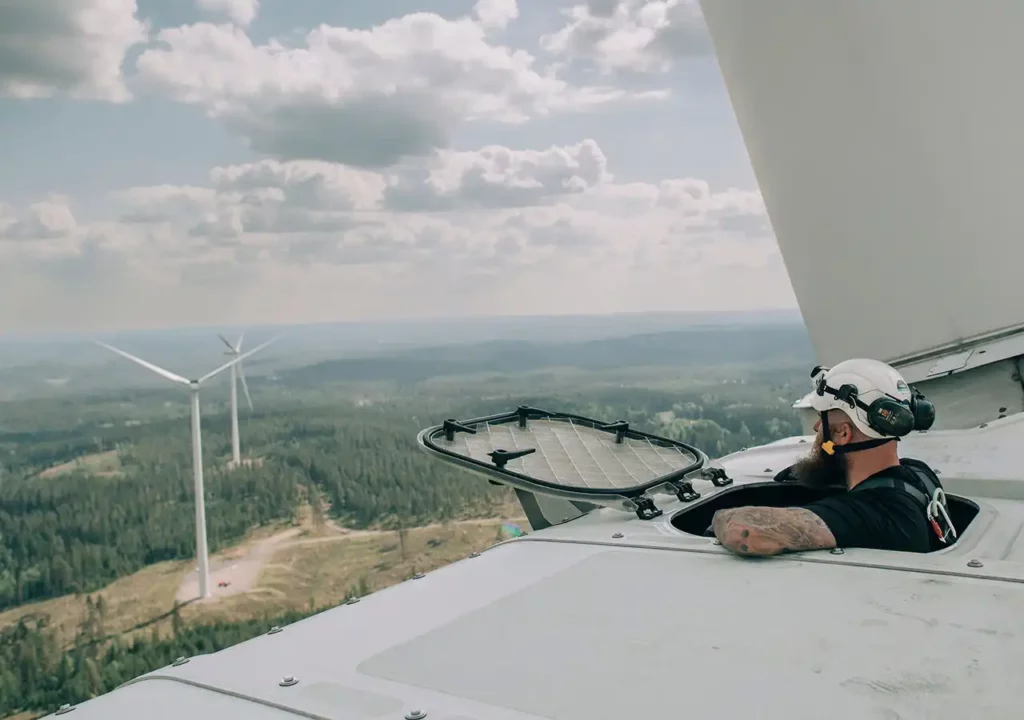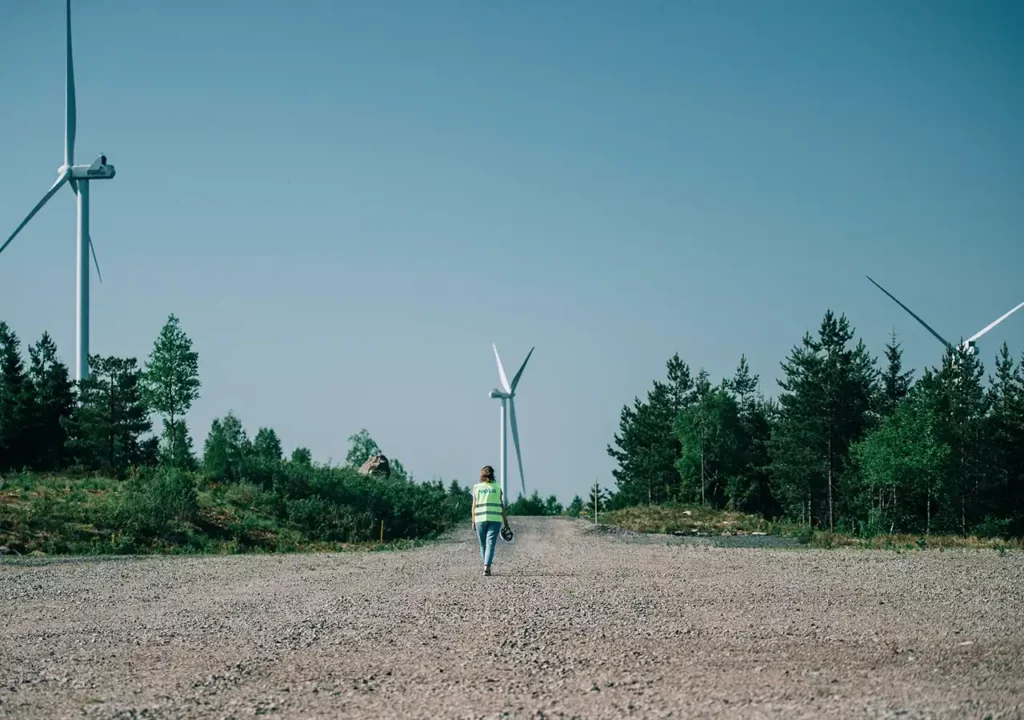Frequently Asked Questions
Welcome to our FAQ hub! Here, we’ve curated the most common questions and information about renewable energy. Explore this page to find answers to your questions, and discover how renewable energy is shaping our future.
Renewable energy is energy from natural resources that are infinite or are renewed faster than they are used. This includes sources such as solar energy, wind power, hydropower, geothermal energy and biomass.
Renewable energy is important since it reduces the dependence on fossil fuels, such as oil, coal and natural gas. It helps to reduce GHG emissions and air pollution, combats climate change and ensures a sustainable energy supply for future generations.
The most common types of renewable energy include solar energy (from the sun), wind power (from wind), hydropower (from flowing water), geothermal energy (from the earth’s internal heat) and biomass energy (from organic material).
Solar energy is converted into electricity using solar panels. These panels absorb sunlight and generate electric current through a process called photovoltaic effect.
Wind turbines contain rotor blades that capture the wind’s energy and drive a generator that converts kinetic energy into electricity.
Hydropower involves the use of flowing water to generate energy. Hydroelectric power stations can impact the environment by affecting the watercourses’ ecosystem and fish populations and changing water levels.
Biomass energy involves the extraction of energy from organic material such as wood, agricultural waste and biological residues. Geothermal energy involves the use of thermal energy from the earth’s interior by drilling deep wells.
Countries such as Germany, China, the US, Sweden and Denmark are some of the leaders when it comes to adopting and developing renewable energy.
Technological advances in renewable energy include improvements in solar panel efficiency, advanced wind turbine technologies, smart electricity grids for efficient energy management and advances in energy storage technologies.
Renewable energy reduces the use of fossil fuels and thereby GHG emissions, which helps to slow climate change by reducing global warming.
Challenges include intermittency in certain sources (such as solar and wind), the need for energy storage technologies, infrastructure investments and the transition away from existing energy systems.
Renewable energy can create jobs in the industry for installation, operation and maintenance of facilities. Moreover, long-term savings can be achieved through reduced fuel costs and the economic benefits of avoiding environmental damage.
Micro-grids are small, independent electricity grids that can operate independently or be linked together with a larger grid. Smart grids are advanced electricity systems that use technology to monitor, control and optimize energy flows and distribution.
You can install solar panels on your roof, use energy-efficient devices, reduce your energy consumption by switching off lights and electronics when they are not in use, and support political initiatives that promote renewable energy.
The prospects for renewable energy are positive, with expectations of increased use and continuous technological advances that can make it possible to replace non-renewable sources at a global level.

Facts about renewable energy
It is important to base our perceptions of renewable energy on facts and current research to more fully understand its advantages and limitations.

Our Markets
We have a vision of a renewable future, a fossil-free tomorrow where sustainability and growth can coexist. Eolus has more than 100 employees and projects in Europe and North America.